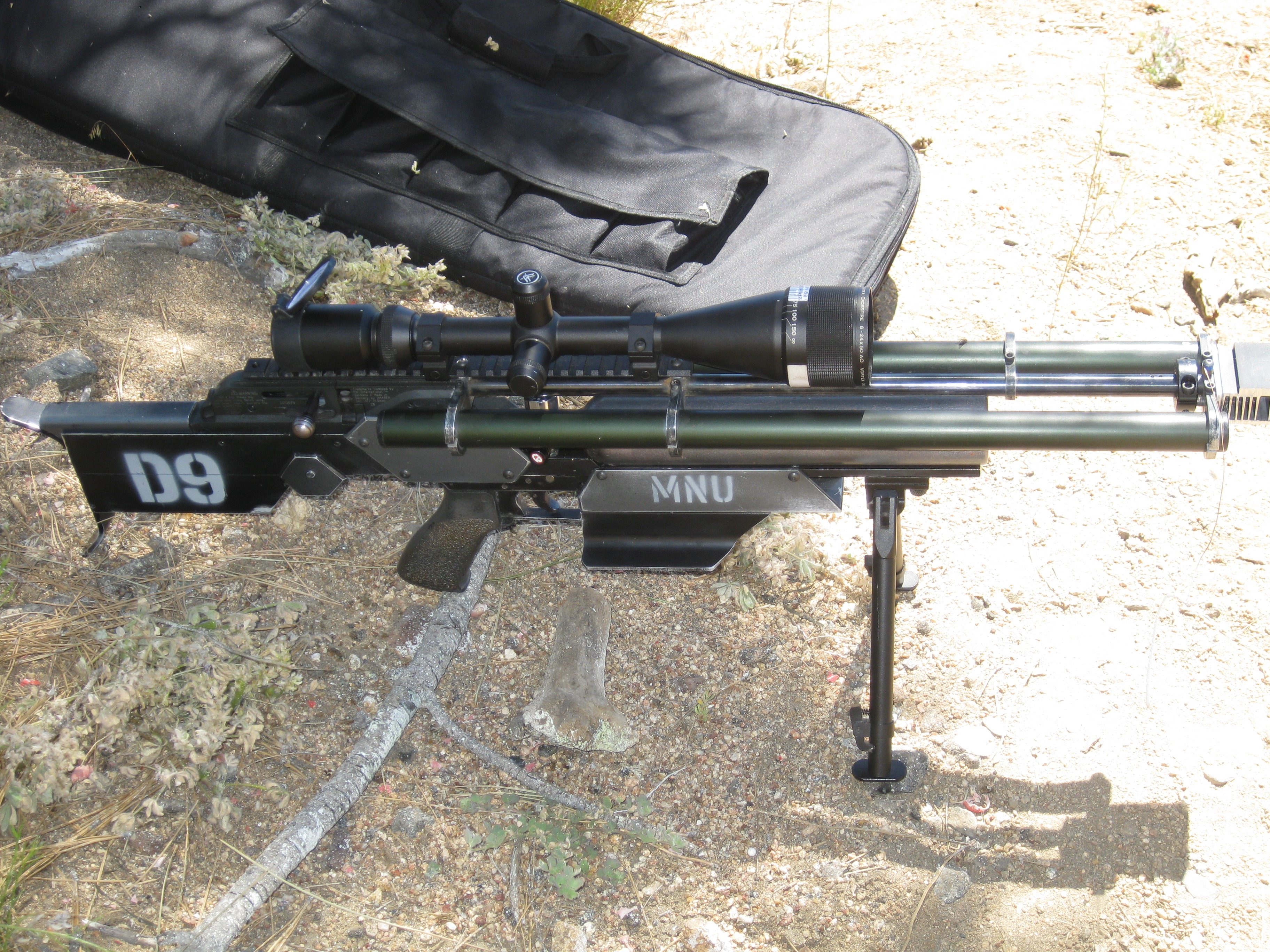On some rifles there's a "long" time among the pulling of the trigger and the pellet starting to fly.
That time is very important for accuracy: after pulling the trigger you have to be as mucha as possible fixed pointing at the target.
With the electronic trigger of the Renegade, I have noticed that there's no vacancy among the pulling of the trigger and the pellet to be expelled.
In my Bantam Sniper that time feels very, very long.
I am surprised that the electronic trigger won't become a market standard to improve accuracy.
Would Daystate have a patent that restrict other good rifles to follow them with electronic triggers?
That time is very important for accuracy: after pulling the trigger you have to be as mucha as possible fixed pointing at the target.
With the electronic trigger of the Renegade, I have noticed that there's no vacancy among the pulling of the trigger and the pellet to be expelled.
In my Bantam Sniper that time feels very, very long.
I am surprised that the electronic trigger won't become a market standard to improve accuracy.
Would Daystate have a patent that restrict other good rifles to follow them with electronic triggers?
